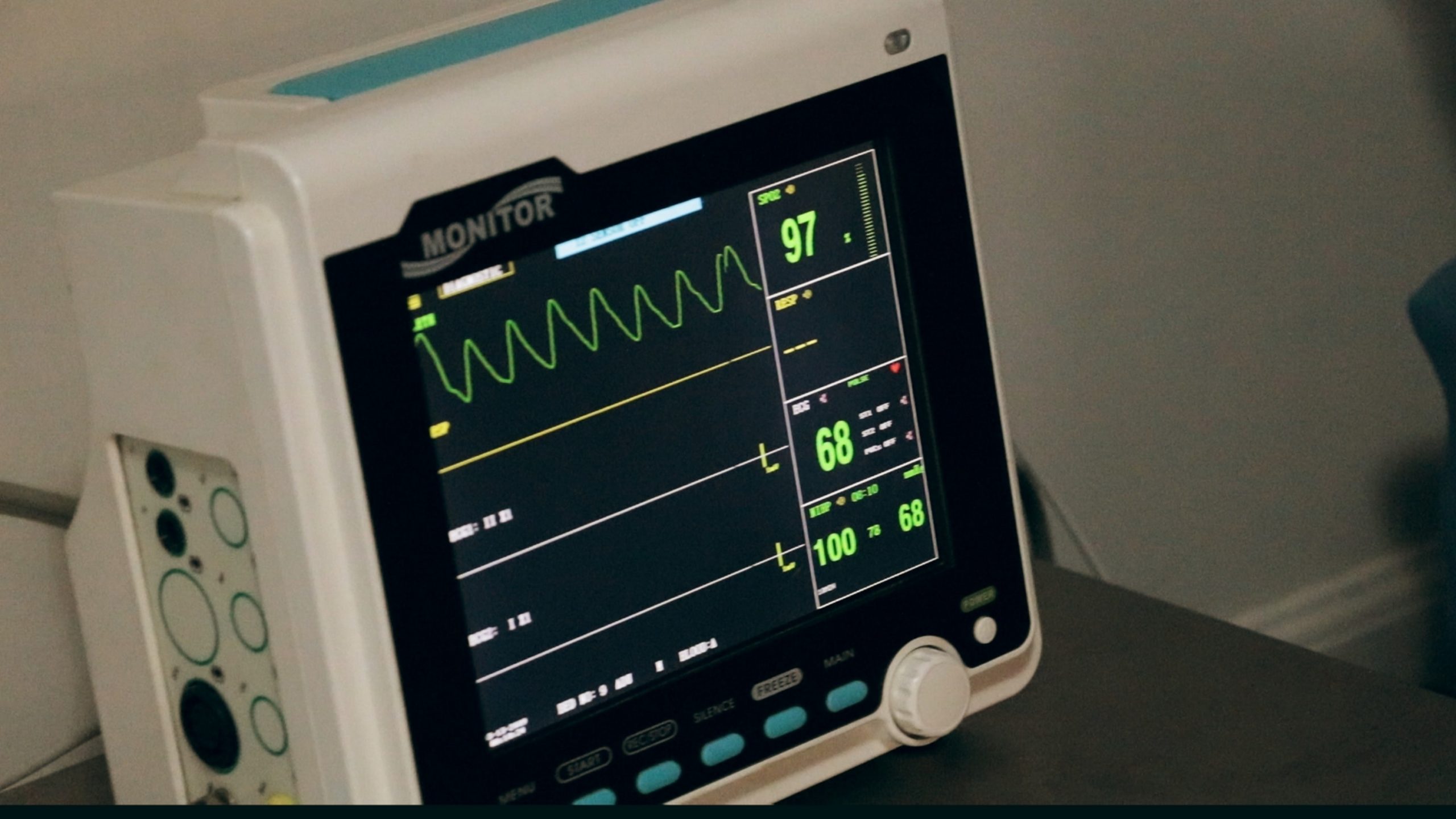Olivia Brigden
Have you ever been told you are too emotional?
Women’s pain may often be taken less seriously as men’s pain. This was the title of a new study published on 6 April. The study was published by the Journal of Pain and co-authored by Elizabeth Losin, assistant professor of psychology and director of the Social and Cultural Neuroscience lab at the University of Miami. When male and female patients expressed the same amount of pain, observers viewed female patients’ pain as less intense and more likely to benefit from psychotherapy versus medication as compared to men’s pain, exposing a significant patient gender bias that could lead to disparities in treatments.
The study contained two experiments. Firstly, “50 participants were asked to view various videos of male and female patients who suffered from shoulder pain performing a series of range of motion exercises using their injured and uninjured shoulders.” These videos were pulled from a database which contained patients who were actually struggling with shoulder pain, to give the experiment a more realistic and accurate view. (FACS) Facial Action Coding System was used as well to examine patient’s facial expressions when dealing with pain. Patients were asked to label their pain from 0 to 100 meaning “absolutely no pain…. to … worse pain possible.”
The second experiment involved 200 participants who were asked, after watching the videos in the first experiment, to complete the Gender Role Expectation of Pain questionnaire. They were also asked to describe how much medication and psychotherapy they would prescribe to each patient. From this they were encouraged to measure bias more accurately.
The results highlighted how female patients were perceived to be in less pain than male patients regardless that it was medically seen and measured that both groups were experiencing the same amount of actual pain. This perception, in the face of actual medical evidence, demonstrates how often the perception of pain is based on stereotypical pictures of women and their bodies. It also clearly demonstrates the existence of gender-related pain stereotypes.
Overall this research demonstrates that more needs to be done to enable women to go to their local GPs and hospital clinics, and for them to receive the care and treatment that should be already in place for every patient. More needs to be done not to diminish or dismiss anybody’s concerns.
Another article by the BBC, looking outside the UK, also demonstrates how there is a similar lack of taking seriously the issue of women’s pain. “May 2018 in France, a 22-year old woman called emergency services saying her abdominal pain was so acute she felt she was ‘going to die.’ ‘You’ll definitely die one day, like everyone else,’ the operator replied. When the woman was taken to hospital after a five-hour wait, she had a stroke and died of multiple organ failure.”
In the above example we see how women are treated differently when they seek medical help. The operator, as the first line of response concerning a medical emergency, can often come across as flippant and callous, which in this case had dangerous consequences for the young woman, costing her life.
There are still many problems relating to medical stereotypical pictures of women’s pain that not only need to be talked about, but action taken. For many people today there is a lack of awareness of what is known as gender pain bias. This just shows what a serious issue it is and one that needs to be acknowledged.
This makes one ask the question: are women in the medical industry more understandable with women, or is it just male doctors which perpetuate the bias as regards gender pain? The biggest question is: what are we going to do to stop the gender pain bias?
Have you ever been told that you need to toughen up and be like a man?
Or been given the sense by others that you are acting too emotional?
In many ways, this still happens to people due to a number of medical circumstances that we need to talk about more.
Even though we are in 2021, women’s pain is still discounted in the medical industry due to gender pain bias.
Having the stereotypical picture that a woman might act in an overly expressive manner, could discount the pain women feel being taken seriously. Having the stereotypical picture that men act in a stoic manner, means that when they describe or express pain, then their pain, unlike that of a woman’s, could be taken seriously. This gender stereotypical expression of pain leads some to conclude that men must surely therefore have a higher experience in pain than that of women.
We need to discount these gender stereotypes and end the gender pain gap for good.
Featured image courtesy of Jair Lázaro on Unsplash. Image licence found here. No changes were made to this image.

